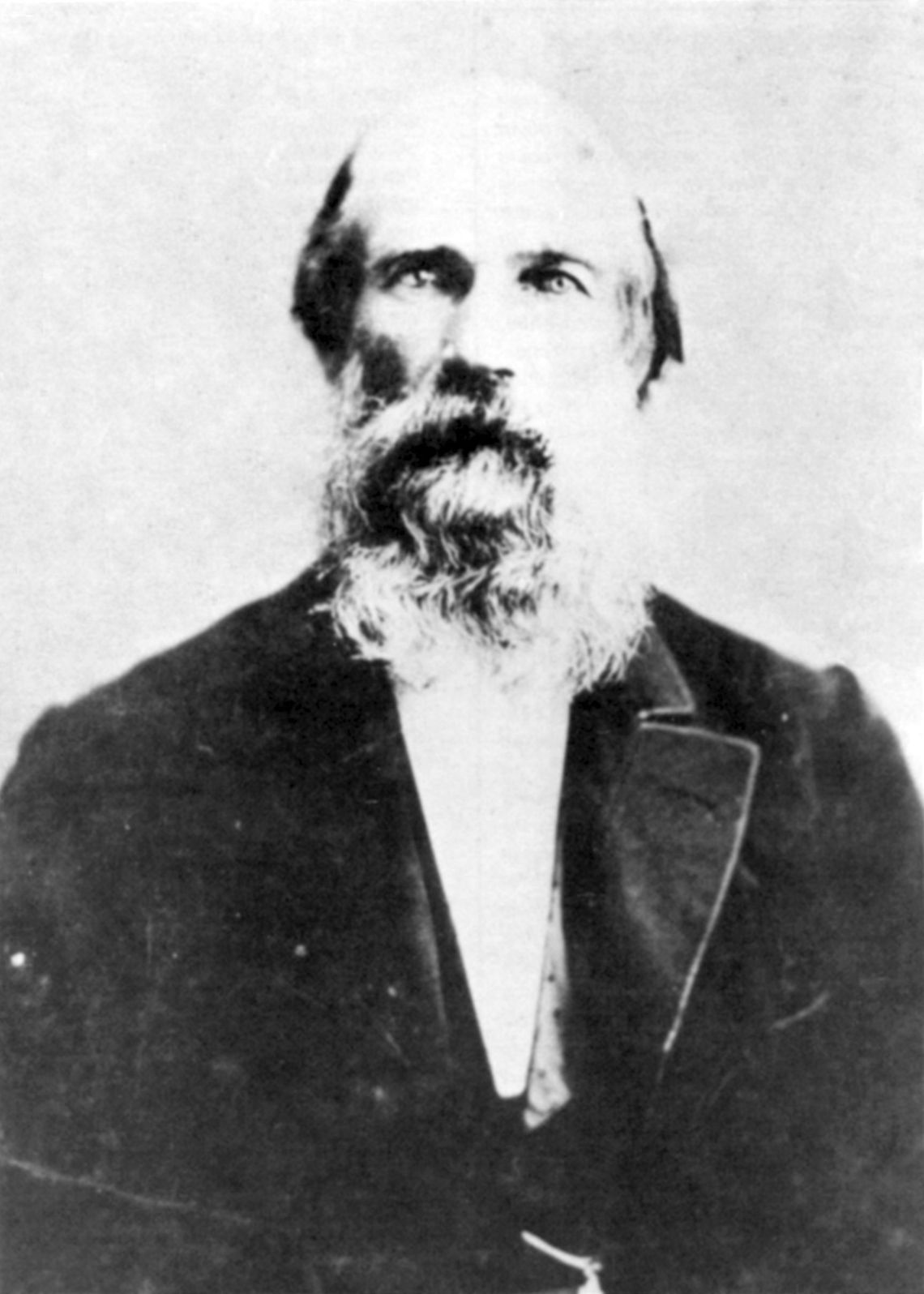The Beginnings June 11, 1849 … 8 o’clock entered Grand Traverse Bay winds lulled to a calm near night entered our harbour, went ashore and examined it little.
This excerpt from the George N. Smith Diary is the actual record of the first settlers’ arrival in what is now Leelanau Township. The Smith Diaries have preserved the events and circumstances that evolved in the setting of this area. The Rev. Smith daily recorded visitors, supplies purchased, the arrival of settlers, and the names and captains of boats that came into the harbor. As he also took on the duties of teacher, doctor and judge, and helped in the recording of land sale during the early years, these Diaries, along with others which have been preserved, are the only written history until old settlers like Wm. J. Thomas, Norman C. Morgan and Mrs. Arvilla Smith wrote their recollections in the early years.
In the early 1800s, Michigan territory had been largely bypassed by the eastern pioneers heading west. These migrating pioneers were leaving the sandy, rocky lands of New England looking for fertile soils. Early surveys in Michigan territory had reported sandy soil, swamps, forests and Indians. Travel by land was difficult — northern Michigan was accessible only by water, and its climate and rugged forests were not appealing to the migrating farmer. But southern Michigan began to draw settlers as fertile lands were discovered west of the port of Detroit and in the Saginaw valley. Villages grew as settlers gathered with a need for schools, stores and churches. The southern Michigan Indians were slowly moved out treaty by treaty until only small bands remained.
Rev. Smith shepherded a group of Indians in the Holland area. When the Dutch moved onto their lands, these Indians had to move once more. The option to move north, where large tracts of land had been ceded in exchange for lands in southern Michigan, was more appealing to Indians than moving west. For uncountable years, these Indians had been migrating annually to summer camps and villages in the north. The Indians and Mr. Smith decided to move the Indian Mission to the northern lower peninsula.
The following account of the trip from Holland to Grand Traverse Bay was written by Norman C. Morgan, a close acquaintance of George N. Smith. Morgan was one of the first white children born in the new settlement called Northport.
“In the Spring (1848) Mr. Smith with Chief Waugazoo and family started in canoes toward the North, coasting along the shore and investigating each feasible location along the way. They went up to Mackinaw. While there they decided on trying Leelanau County and the party returned to the Mission and preparations were made for the Indians to move. The Indians then migrated in their canoes or Mackinaw boats. The Smith family, the McLaughlins and Cases, altogether 17 in number, went in the little schooner Hiram Merrill, which Mr. McLaughlin had purchased in Chicago for the purpose. Captain Huntley manned the ship while Leonard Venice was deck hand.
This was a most memorable occasion,. Mr. Smith had four head of horses, four cows and three calves, which were driven up along the shore by George Pierson, Frank Whiting and John Dreward. They were often obliged to ford streams and swamps and cutting out brush wherever necessary in that wilderness where a sound of an axe had never been heard.
The sailors kept as close to shore as possible and only places where they were signs of civilization were Grand Haven and Manistee. At Grand Haven the Smiths met the Ferry families who were in charge of a Mission there. These two families were old friends.
Mr. Smith had planned on his initial trip to locate at Cathead Point where he had stopped and named the location of Louisville after Louis McSawba, a Mission Indian. However, they changed their minds and concluded that some place on Grand Traverse Bay would be more suitable.
On June 12, 1849, the little schooner entered Northport Harbor.
The establishment of a permanent community began with Rev. Smith and the two other families in his party. Rev. Smith noted in his diary: “June 12, 1849. Landed my family and goods on my 11-acre fraction, put up a board camp in which we can lodge comfortably. Thankful that God has preserved us all from the perils of the deep and we praise him for his mercies… Source: ‘A History of Leelanau Township”
Photo from: ‘‘A History of Leelanau Township”








